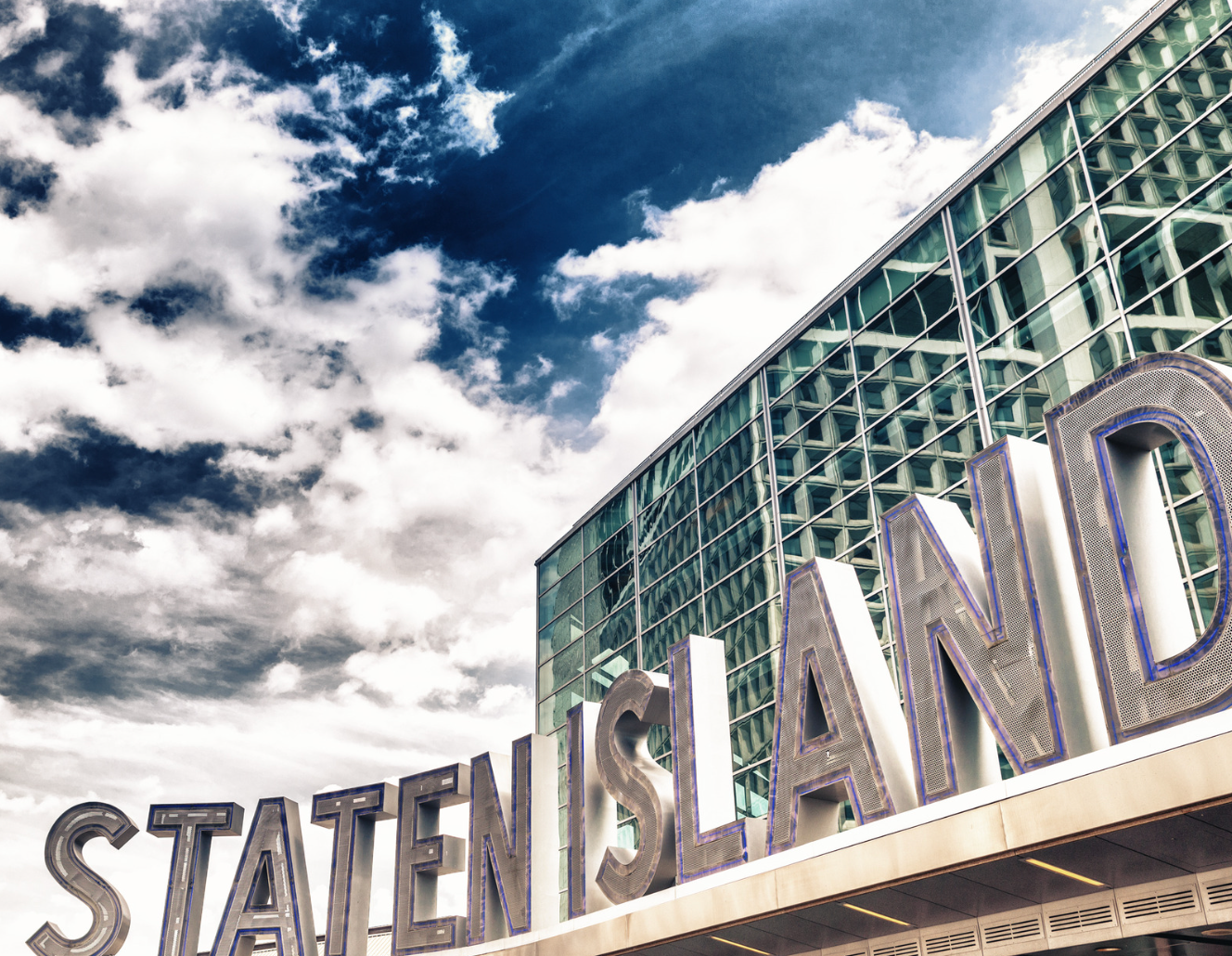Residential Real Estate Values in New York City Have Now Exceeded Pre-9/11 Levels
RESIDENTIAL REAL ESTATE VALUES IN NEW YORK CITY HAVE
NOW EXCEEDED PRE-9/11 LEVELS
Author: Domenick Neglia, SRA, CSA-G
The attacks of September 11 had a profound, but short term, effect on residential real estate in New York City. Volume of sales, as well as property values, showed pronounced changes between August, 2001 and June 2002, the period for which conclusive data was available for this study.
Predictably, Manhattan real estate was more severely affected by the attacks of 9/11 than any other borough. By the middle of 2002, prices for Manhattan condominiums were still significantly below pre - 9/11 levels.
For this study, data was analyzed comparing sales volume and prices in the last quarter of 2001 (e.g., just after 9/11), to each of the previous four quarters. Our analysis also included a comparison of prices at the end of 2001, with the first half of 2002. Property types studied included one and two family properties and condos throughout all boroughs of New York City. Sale prices were also examined comparing 1995 levels to price levels at the end of 2001. The most significant changes are analyzed below:
BY JUNE, 2002, PRICES EXCEED PRE-9/11 LEVELS FOR MOST PROPERTY TYPES
In spite of the negative affects on real estate after the attacks, single family properties in New York City still showed an increase in value by the end of 2001, compared to 2000 levels. Citywide, by the end of 2001, the average sale price for a single family dwelling in New York City was $278,418, an increase of 7.1% over 2000, and, significantly, 45% higher than 1995 levels. (Excluding Manhattan, the 2001 average sale price was $264,724.) The highest increases were in Manhattan, Brooklyn and Queens, where single family housing prices increased by 82.9%, 48.6% and 48.7% respectively, compared to 1995.
Citywide, by the end of the first half of 2002, prices for most residential properties exceeded the levels just before and just after 9/11. By the middle of 2002, prices for single family properties had increased by 7.2% and 4.8% respectively, compared to the third and fourth quarters of 2001.
Overall, by June of 2002, average single family sale prices in all boroughs increased by 9.2% compared to 2001, from 4.5% in Brooklyn, to a high of 14.8% in Manhattan. Similar increases occurred in all boroughs for two family properties.
Average prices for condos in 2002 increased in Brooklyn, Queens and Staten Island, while Manhattan and the Bronx showed decreases in values of 11.8% and 54.5%, respectively. Manhattan condos were the only remaining property type that continued to show declining prices by mid 2002: average sale prices decreased compared to the third and fourth quarters of 2001 by 12.2% and 9.5%, respectively.
The steepest declines in average sale price were for Manhattan condos in zip codes 10007 (TriBeCa), 10022 (East Side), and 10280 (Battery Park City). By July 1, 2002, prices had decreased by 35.6%, 43.2% and 35.6% respectively, compared to 2001 levels.
EFFECTS ON SALES VOLUME
Sales volume for single family properties actually increased from the first and second quarters of 2001 to the last quarter of 2001, in all boroughs except Manhattan. Manhattan showed an increase of 15.6% from the first quarter to the fourth quarter, but no change for the third quarter to the fourth quarter, or from the fourth quarter of 2000 to the fourth quarter of 2001.
The volume of condo sales increased citywide between the first two quarters of 2001 and the last quarter of 2001, except in the Bronx and Manhattan. After 9/11, condo sales volume decreased significantly in Manhattan, compared to three of the previous four quarters. The highest decline was between the last quarter of 2000 and the last quarter of 2001, indicating a 34.8% decrease in the number of sales.
For one and two family properties, overall sales volume throughout New York City increased from the first quarter of 2001 to the last quarter of 2001. This increase is not unusual, since volume in the first quarter is typically lower than in other parts of the year. Sales volume for condos throughout the city declined by 11.9% in the same period.
By the last quarter of 2001 (i.e., post 9/11), overall residential sales volume throughout New York City had declined significantly for most property types, compared to volume in three of the previous four quarters. Most significantly affected was the condo market, where volume decreased 22.8% from the last quarter of 2000 compared to the last quarter of 2001.
FINAL COMMENTS
Based on the above statistics, the resilience of the residential real estate markets in New York City has been reaffirmed, despite the devastating effects of 9/11. Moreover, the total increase in value over the last six years is extraordinary. Strong demand, limited supply, and the lowest mortgage interest rates in 30 years, all contribute to the continued growth in the residential sector. This trend can be expected to continue over the near term.
About NYRealEstateTrends.com
In this website, we offer a complete and accurate analysis of residential real estate value trends in New York City since 1995. All recorded transfers of one, two and three family residential properties and condominiums in the five boroughs are considered in our research. All information on sale prices and sale dates is from public record.




